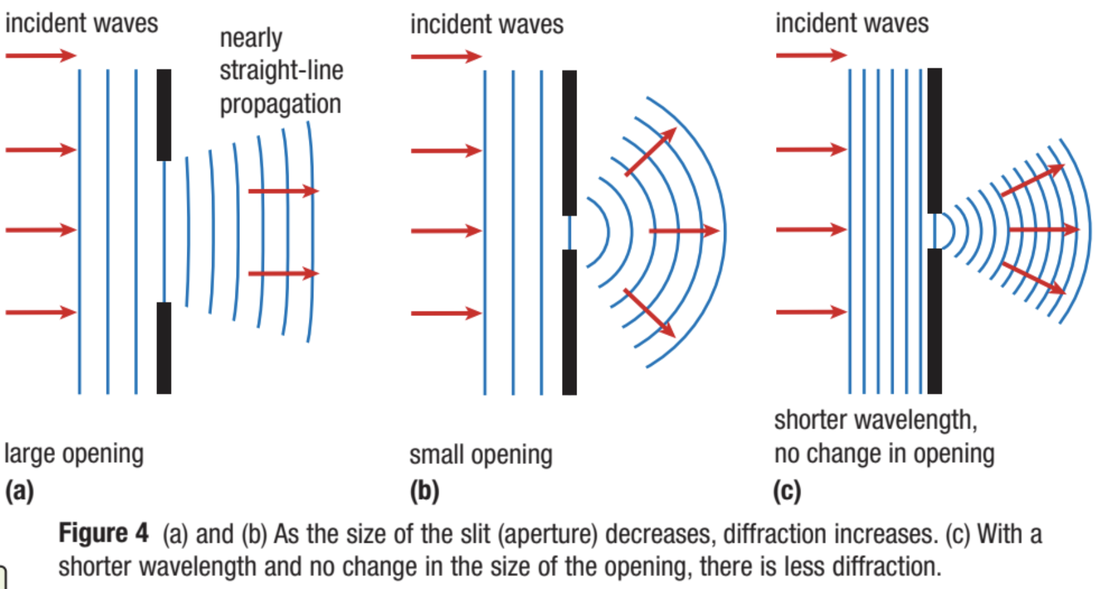

Rearrange the boundaries so that they form a line with two slits in the middle.Observe the waves after they have moved through the slit. The amount of diffraction (the sharpness of the bending) increases with increasing wavelength and decreases with decreasing wavelength. In that unit, we saw that water waves have the ability to travel around corners, around obstacles and through openings. Place two boundaries so that they form a line with a small slit in the middle. The diffraction of water waves was discussed in Unit 10 of The Physics Classroom Tutorial.This is what causes the waves to spread out after they move through the slit. While moving through the slit, the secondary sources on the edge of the slit do not encounter any interference from one side (the side closest to the slit), and as such the wave bends in that direction. These circular waves constructively and destructively interfere with each other in a way that results in the next wavefront. Huygens' principle states that each point on a wavefront can be considered a source, and these secondary sources create circular waves. This can be explained by Huygens' principle.


If the width of the slit and the wavelength are close is size to each other, the effects of diffraction become much more noticeable. The pattern that results from the diffraction depends on a number of factors, like the size of the slit and the wavelength of the waves. Diffraction, in general, is the bending of waves around a small. In this demo we see waves diffract around slits in a barrier. The system of waves includes sound waves, light waves, electromagnetic waves, water waves, etc. Diffraction is the apparent bending of waves as they move around objects.


 0 kommentar(er)
0 kommentar(er)
